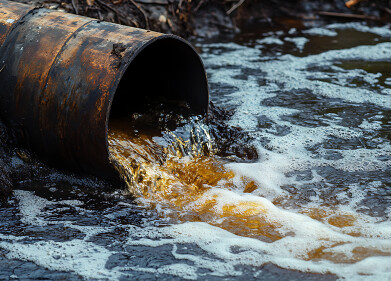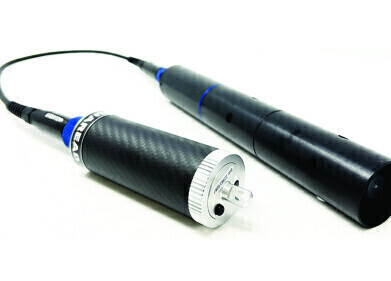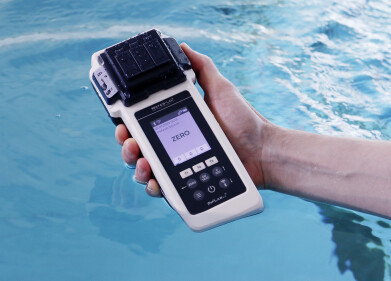Water/Wastewater
How Are Micropollutants Measured?
Jun 29 2022
Micropollutants – defined as substances which can infiltrate our environment at low concentrations and bioaccumulate over time, thus contaminating it – have been around for millennia. But while micropollutants do have organic sources, there are also plenty of synthetic and manmade micropollutants which have greatly accelerated their rate of contamination in the last two centuries or more.
Unfortunately, our knowledge of these small but potentially damaging substances is still in its infancy, especially when it comes to emerging micropollutants (EMPs). Nonetheless, the scientific community is working hard to develop new ways of measuring concentrations of various micropollutants in water, soil and air samples, since the first step in overcoming any problem is fully understanding it. While ways and means of quantifying micropollutant concentrations will vary from analyte to analyte and geographical region to geographical region, these are three of the most commonplace and effective today.
Triple quadrupole liquid chromatography-mass spectrometry
This approach relies on the traditional practice of liquid chromatography to separate chemical compounds into their constituent parts. These analytes are then sent through a series of quadrupoles, at which stage they are turned into molecular ions, before being fragmented and separated to allow them to be identified and quantified.
The extra stage of fragmentation allows for more precise analysis of the sample than simple molecular ionisation would on its own. This is because the voltage used during the fragmentation processed can be tweaked to encourage greater stability and more widespread fragmentation, thus revealing more information about the makeup of the analytes.
Nuclear magnetic resonance
As the name suggests, nuclear magnetic resonance uses an oscillating magnetic field to impact upon the nuclei of a compound, to which it will respond with an electromagnetic signal. This can be isolated and analysed to determine which type of micropollutant is being dealt with and has proven to be very effective in such a field.
However, it’s also used in a variety of other applications. Perhaps the best known use of nuclear magnetic resonance among the general public is its role in healthcare and medicine, such as in magnetic resonance imaging (MRI) machines. It also serves an important purpose in the fields of quantum computing, data acquisition in the petroleum industry and many others.
Laser-induced Raman and fluorescence spectroscopy (LIRFS)
Laser-induced fluorescence (LIF) is a technique utilising lasers to artificially excite an atom or molecule to a greater level of energy. It has traditionally been used to analyse molecular structures, identify selective species and take flow measurements. When combined with Raman spectroscopy, however, there is evidence that is could be useful in quantifying micropollutants, too.
This technique is very much at the developmental stage, though promising studies have shown that LIRFS can be extremely effective in measuring micropollutants when supported by artificial intelligence (AI). In particular, one piece of research showed that it returned a rate of assignment reliability of 95%, meaning it could have a bright future ahead of it.
Digital Edition
AET 28.4 Oct/Nov 2024
November 2024
Gas Detection - Go from lagging to leading: why investment in gas detection makes sense Air Monitoring - Swirl and vortex meters will aid green hydrogen production - Beyond the Stack: Emi...
View all digital editions
Events
Nov 26 2024 Paris, France
Nov 27 2024 Istanbul, Turkey
H2O Accadueo International Water Exhibition
Nov 27 2024 Bari, Italy
Biogas Convention & Trade Fair 2024
Nov 27 2024 Hanover, Germany
Dec 02 2024 London, UK









.jpg)









